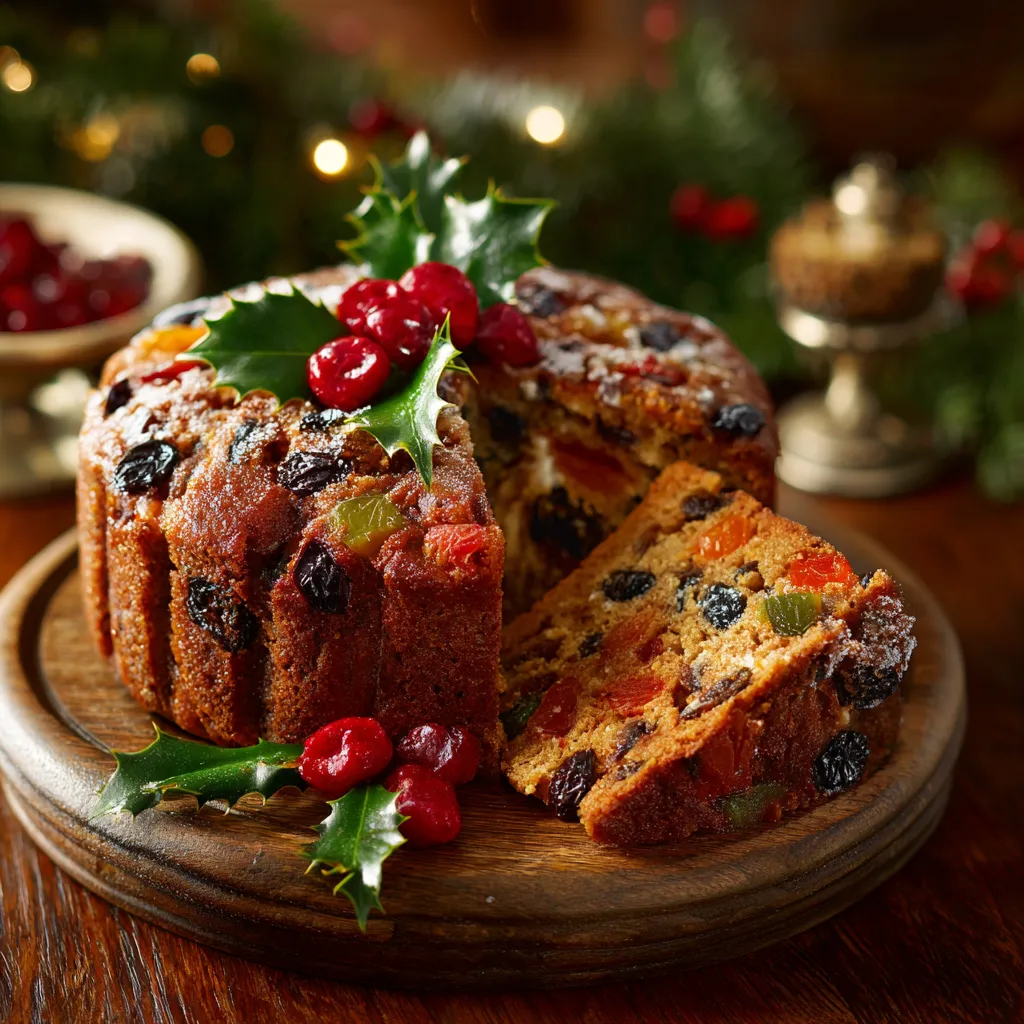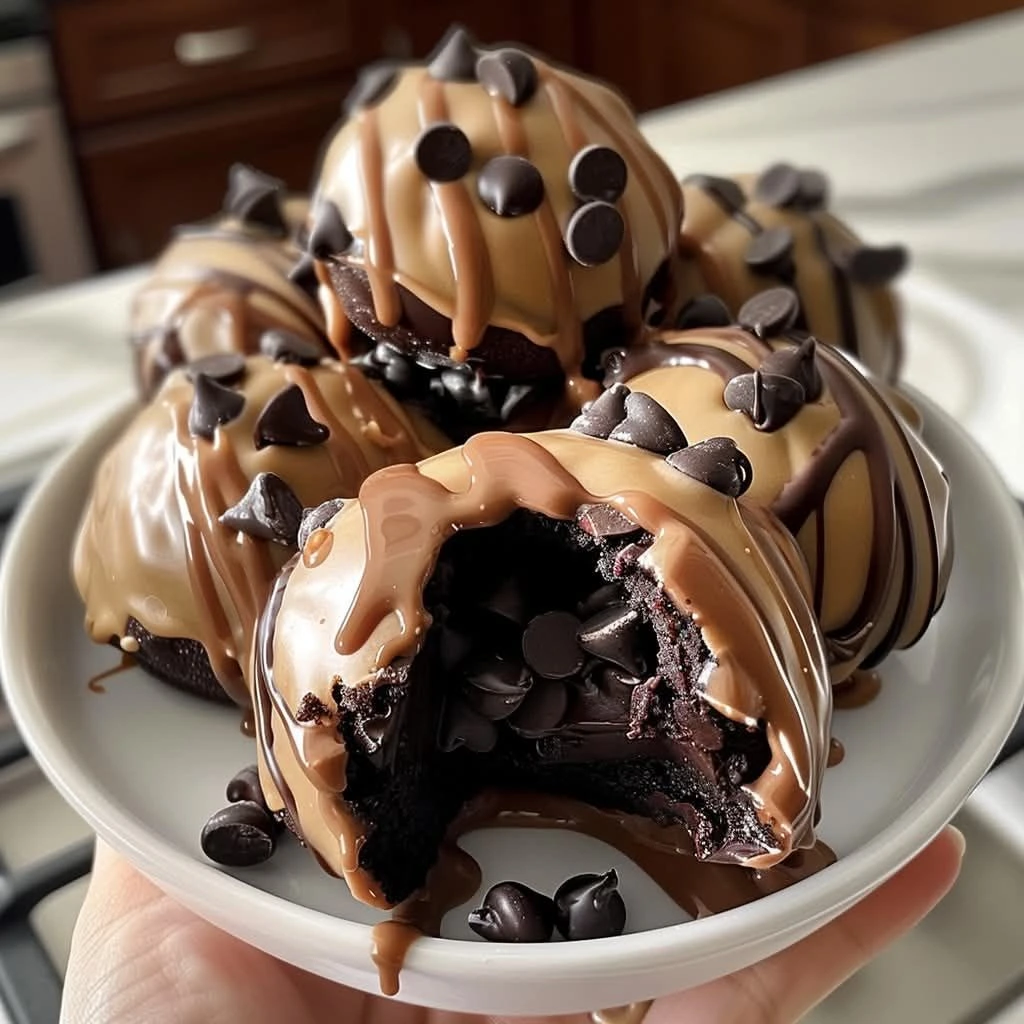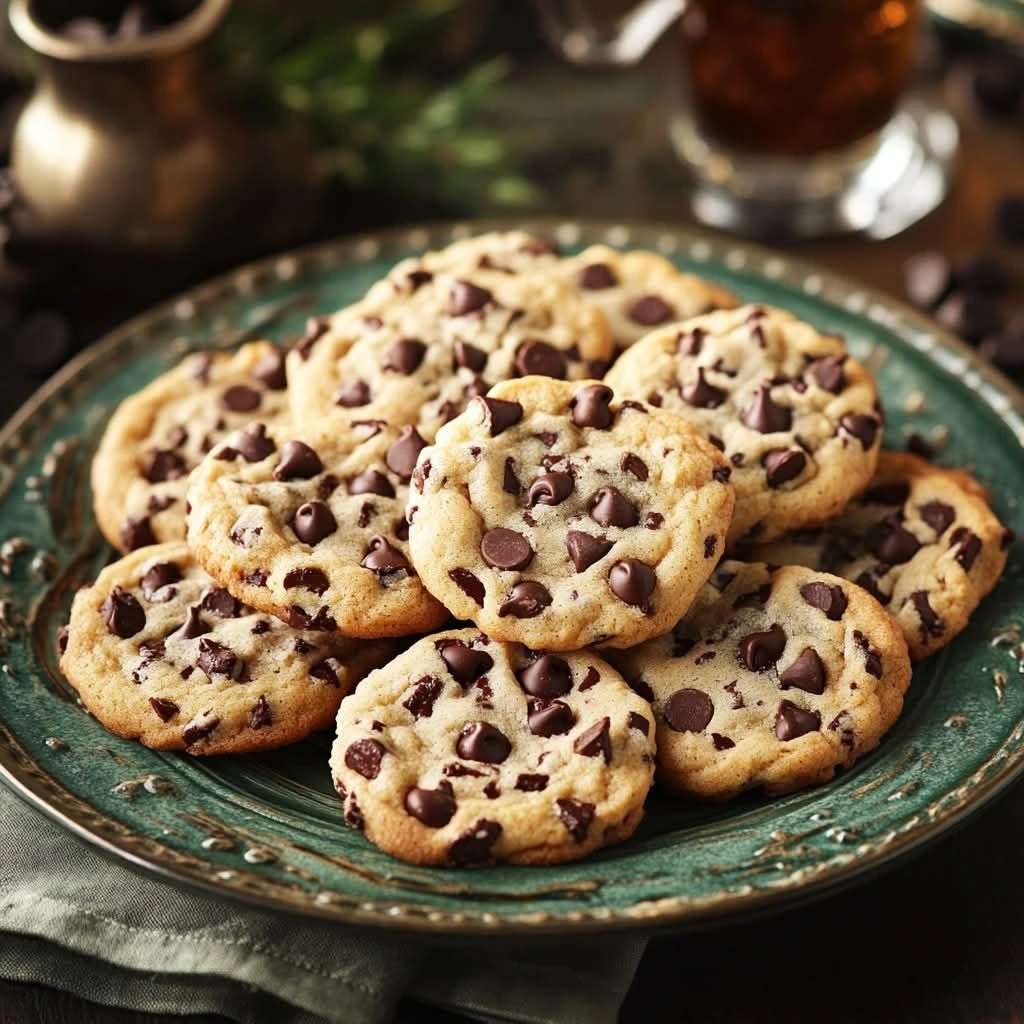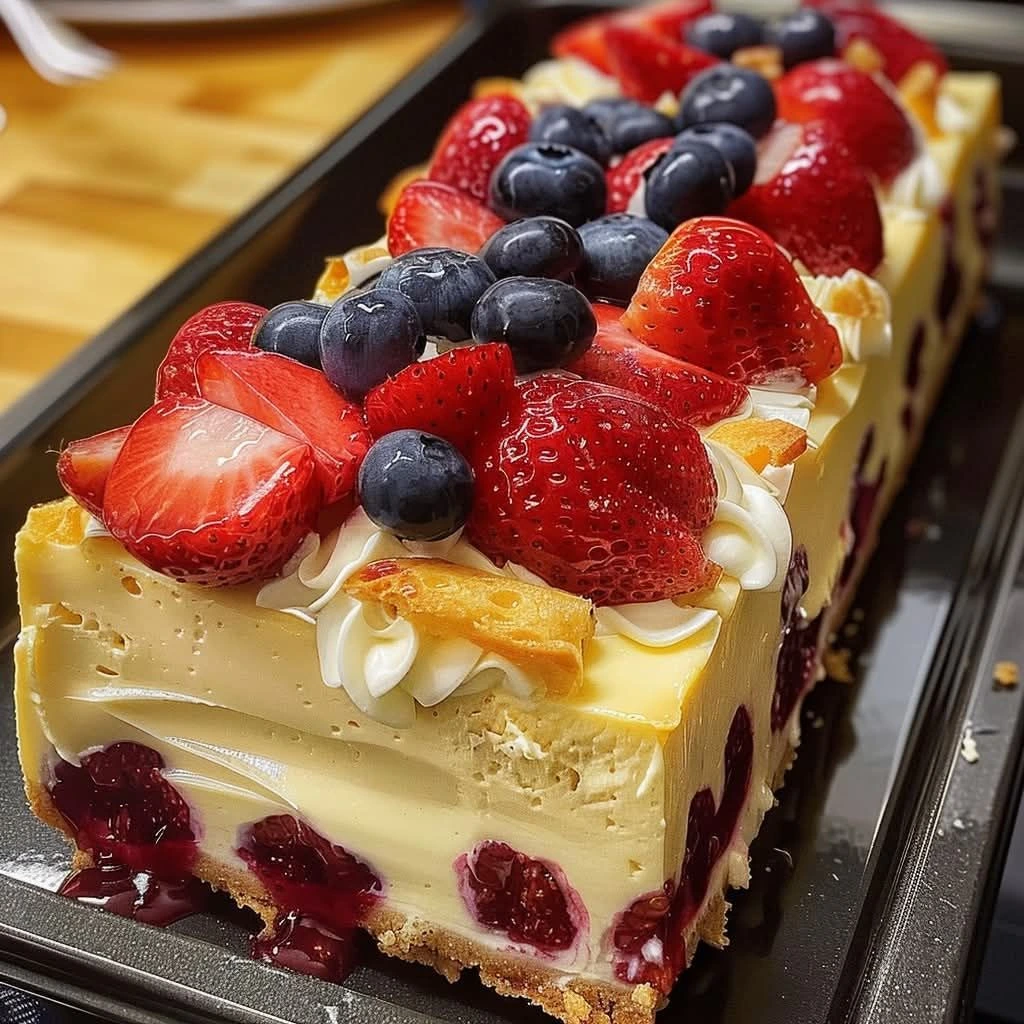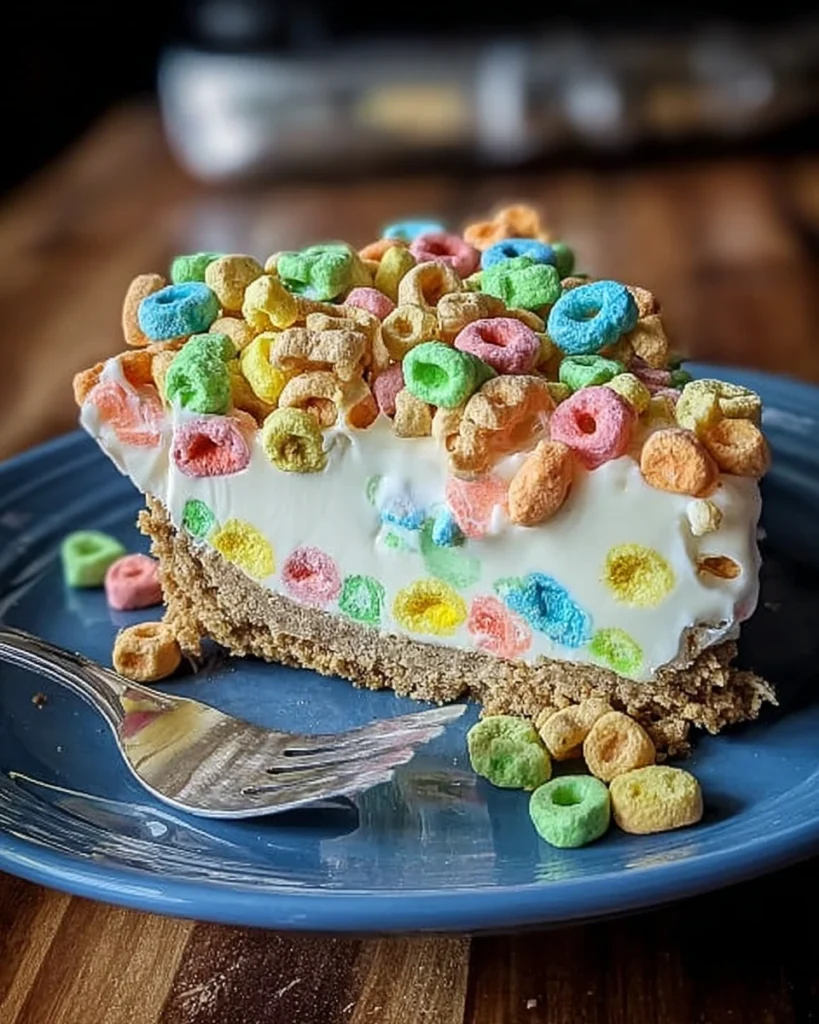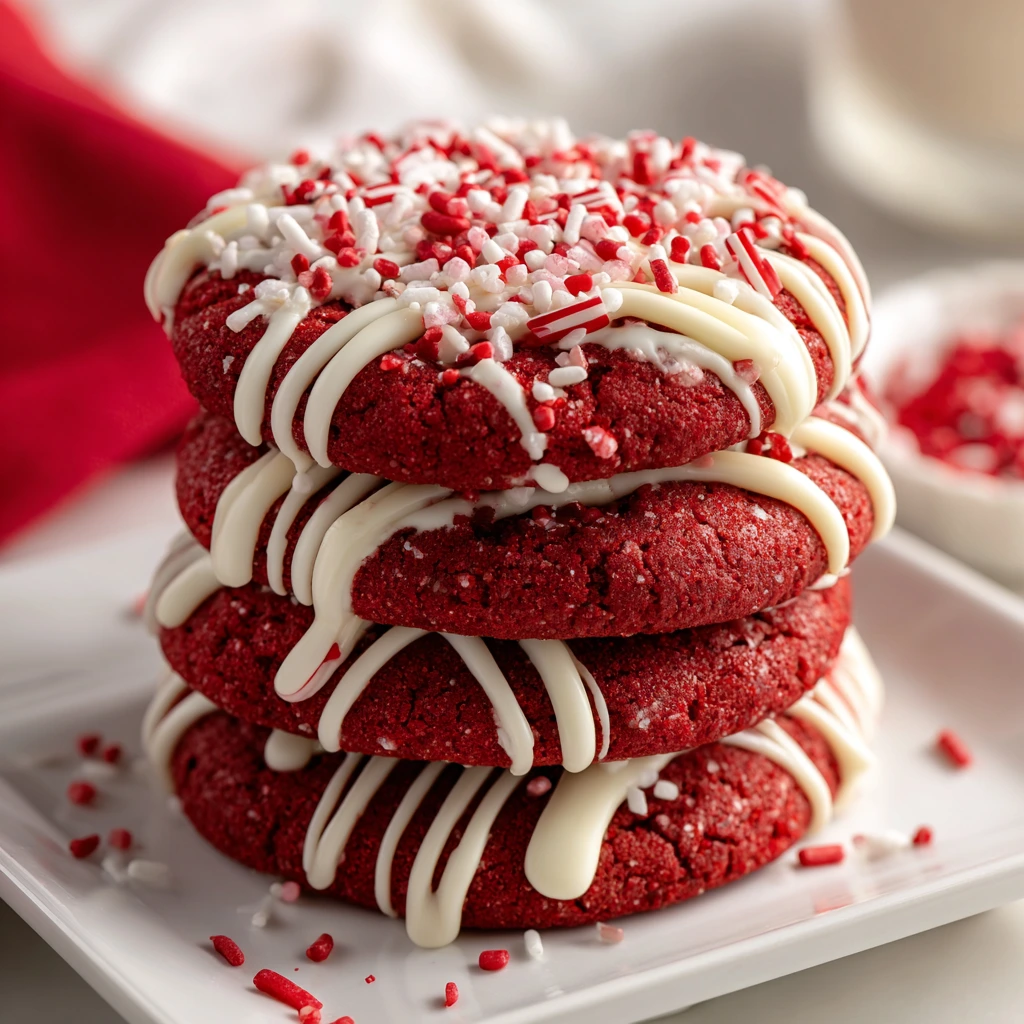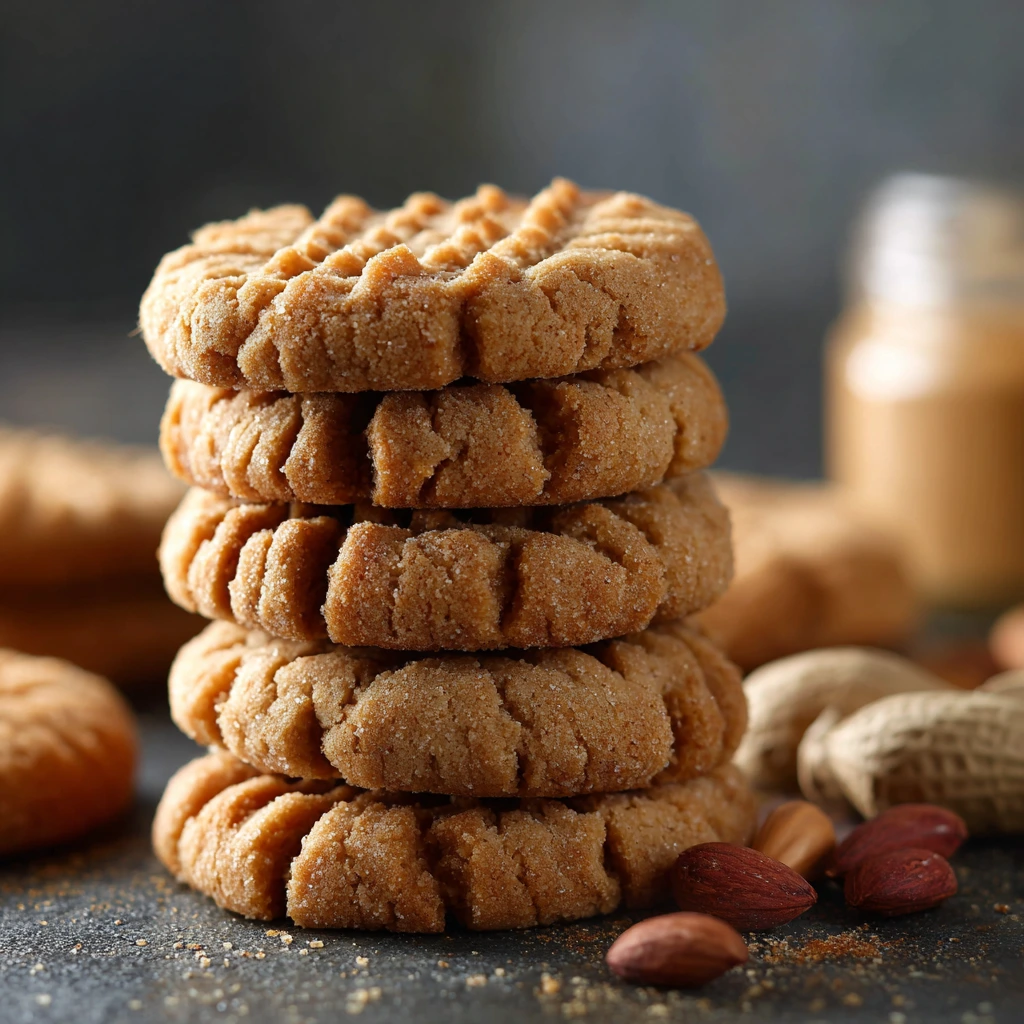When it comes to the holiday season, one dessert always stands out on festive tables: the Christmas Fruitcake. Loved for its dense texture, rich flavor, and festive ingredients, this traditional cake is more than just a recipe — it’s a symbol of family gatherings, warmth, and the joy of giving. Whether you’re baking it weeks ahead to let the flavors deepen or preparing it just in time for Christmas dinner, fruitcake carries a nostalgic charm that brings people together.
In this article, we’ll explore the ultimate Christmas Fruitcake recipe, its history, step-by-step preparation, expert tips, and variations that can help you tailor it to your holiday menu. By the end, you’ll not only know how to bake a perfect fruitcake but also how to make it the highlight of your Christmas celebrations.
Why Fruitcake Is a Christmas Classic
Few desserts are as deeply tied to Christmas traditions as fruitcake. Its origins date back to the Middle Ages when dried fruits, nuts, and spices were treasured ingredients. Over time, fruitcake became a staple for special occasions, particularly during winter holidays, when families celebrated abundance and togetherness.
What makes the Christmas Fruitcake so special?
-
Longevity: Fruitcake can last for weeks (or even months) if properly stored, making it a perfect make-ahead dessert.
-
Richness: Packed with dried fruits, nuts, and sometimes soaked in alcohol, fruitcake embodies indulgence.
-
Tradition: From gifting to family recipes passed down through generations, fruitcake is steeped in holiday heritage.
Ingredients for the Best Christmas Fruitcake
To prepare the perfect Christmas Fruitcake, gather these ingredients:
Dry Fruits & Nuts
-
2 cups mixed dried fruit (raisins, currants, chopped dates)
-
1 cup dried cherries
-
1 cup chopped dried apricots
-
1 cup chopped dried figs
-
1 cup chopped nuts (walnuts, pecans, or almonds)
-
1/2 cup candied peel (orange or lemon)
Liquids & Flavorings
-
1 cup dark rum, brandy, or orange juice (for soaking fruits)
-
2 teaspoons vanilla extract
-
1 teaspoon almond extract
Cake Batter
-
1 cup unsalted butter (softened)
-
1 cup brown sugar
-
4 large eggs
-
2 1/2 cups all-purpose flour
-
1 teaspoon baking powder
-
1 teaspoon cinnamon
-
1/2 teaspoon nutmeg
-
1/2 teaspoon ground cloves
-
1/4 teaspoon allspice
-
1/2 teaspoon salt
Optional Toppings
-
Whole nuts for garnish
-
Glazed cherries for decoration
Kitchen Tools Needed
-
Large mixing bowls
-
Electric mixer
-
Wooden spoon
-
Measuring cups and spoons
-
Loaf pan or round cake pan
-
Parchment paper
-
Cooling rack
Step-by-Step Instructions
Step 1: Soak the Fruits
At least 24 hours before baking (longer if possible), soak dried fruits in rum, brandy, or orange juice. This infuses them with flavor and keeps them moist.
Step 2: Prepare the Pan
Line your baking pan with parchment paper. Grease lightly with butter to prevent sticking.
Step 3: Mix the Batter
-
Cream butter and brown sugar until fluffy.
-
Add eggs one at a time, mixing well.
-
Stir in vanilla and almond extract.
Step 4: Combine Dry Ingredients
Whisk together flour, baking powder, spices, and salt. Gradually fold into the butter mixture.
Step 5: Add Fruits & Nuts
Fold in soaked fruits and chopped nuts until evenly distributed. The batter will be dense.
Step 6: Bake Slowly
Pour into prepared pan and bake at 300°F (150°C) for 1.5–2 hours, or until a toothpick inserted comes out clean.
Step 7: Cool & Age
Let the cake cool completely. Wrap tightly in parchment and foil. Store in a cool, dark place for at least a week before serving. Brush occasionally with extra brandy or rum to keep it moist and flavorful.
Tips for the Perfect Christmas Fruitcake
-
Plan Ahead – Fruitcake tastes better after aging. If possible, bake it 2–3 weeks before Christmas.
-
Moisture Matters – Alcohol or fruit juice keeps the cake moist. Avoid letting it dry out during storage.
-
Storage – Wrap well in parchment and foil; store in an airtight container. Refrigeration can extend shelf life.
-
Custom Flavors – Add chocolate chips, coconut, or extra spices for a personalized twist.
-
Decoration – Top with glazed cherries, nuts, or marzipan for a festive presentation.
Variations of Christmas Fruitcake
-
Alcohol-Free Fruitcake – Replace rum/brandy with apple juice or orange juice.
-
Mini Fruitcakes – Bake in muffin tins for individual holiday gifts.
-
White Fruitcake – Use golden raisins and light-colored fruits for a lighter look.
-
Nut-Free Option – Simply omit nuts for allergy-friendly baking.
Serving Suggestions
-
Serve with a dollop of whipped cream or a scoop of vanilla ice cream.
-
Pair with mulled wine, spiced cider, or hot chocolate for a cozy Christmas evening.
-
Slice thinly for tea-time or thicker for dessert.
Nutritional Value (per slice, approx.)
-
Calories: 300
-
Carbohydrates: 45 g
-
Sugars: 28 g
-
Fat: 12 g
-
Protein: 4 g
-
Fiber: 3 g
(Values vary depending on fruit and nuts used)
The Cultural Significance of Fruitcake at Christmas
Beyond its flavor, the Christmas Fruitcake represents generosity and tradition. For centuries, it was baked in large batches and given as gifts to friends and family. In Victorian England, it was considered a luxury item, often reserved for weddings and Christmas feasts. Today, baking and sharing fruitcake continues as a way to celebrate love and community during the holiday season.
Conclusion
The Christmas Fruitcake is more than just a dessert — it’s a beloved tradition that captures the spirit of the season. With its rich blend of dried fruits, nuts, and warming spices, this classic cake is the perfect centerpiece for your holiday celebrations.
So this year, instead of buying one from the store, try baking your own. Share it with loved ones, gift it to friends, or enjoy it with a cup of tea by the fire. One slice of this homemade fruitcake, and you’ll understand why it has remained a Christmas staple for centuries.

